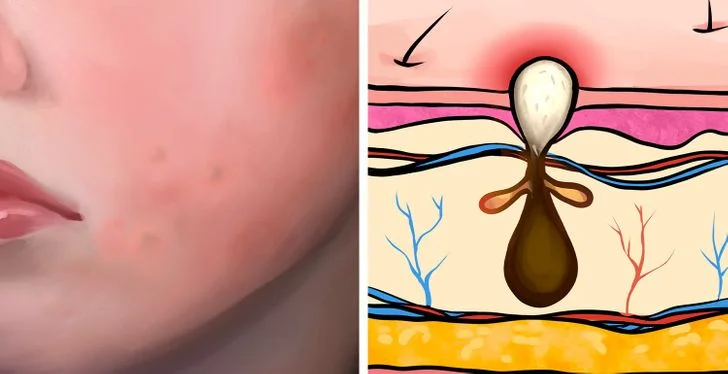Cholesterol is a waxy, fat-like substance produced by the liver, essential for forming cell membranes, vitamin D, and balancing hormones. Since cholesterol is insoluble in water, it is transported through the body by particles called lipoproteins, which have specific proteins on their surface. Cholesterol becomes harmful when it combines with low-protein, high-fat lipoproteins to form Low-Density Lipoproteins (LDL). This issue arises from a diet high in unhealthy fats and a sedentary lifestyle. LDL can build up in the arteries, narrowing and blocking them, leading to heart attacks and strokes over time.
How Symptoms Can Reflect in the Legs
The most dangerous aspect of cholesterol buildup is that it shows no symptoms until it reaches a critical level, affecting daily life. Regular blood check-ups are the only way to diagnose and prevent it. When cholesterol levels rise significantly, they can impact the Achilles tendon in the legs, leading to visible symptoms. Here are some symptoms to watch for:
- Leg Pain High cholesterol can restrict blood and oxygen flow to the legs, especially the lower part of the foot, causing the legs to feel heavy and fatigued. People with high cholesterol levels often experience leg cramps and pain, particularly when walking, making even short distances challenging.
- Leg Cramps Frequent leg cramps, especially around the ankles, can be a sign of high cholesterol. These cramps are often more problematic at night. If you experience this, try sitting with your legs dangling to find some relief.
- Changes in Skin and Nail Color Poor blood circulation can change the color of your nails and skin. Essential nutrients and oxygen may not reach these areas properly, making the lower part of the foot appear shiny and causing the nails to thicken.
- Cold Feet High cholesterol levels can cause your feet to feel cold year-round, even in summer, similar to how they feel during chilly winter days. This can be an indicator of Peripheral Artery Disease (PAD). If you notice this symptom, consult your doctor.






